Opened in 1901, the Victoria Students Hostel in Triplicane, Chennai, is an Indo-Saracenic structure designed in the style of residences at Oxford and Cambridge by Henry Irwin, Consulting Architect for the Madras Presidency. It was built in memory of Pundi Runganadha Mudaliar, Professor of Mathematics at Presidency College, who had died at the age of 45. The hostel housed students of Presidency College, and nearby colleges including the College of Engineering.
Around 1910, in the early mornings, one could see a young man in his early 20s, knocking at the doors of hostel rooms looking for anyone who might need tuition in mathematics. He was stout and of medium height, with a big head and tuft, small ears and broad nose, and shining eyes. He might have also been “uncouth … not overclean”. He was staying as a guest of one of his students from Kumbakonam. Newly married, unemployed, and twice failed in the FA examination, the college dropout was looking for funds to feed himself and his family.
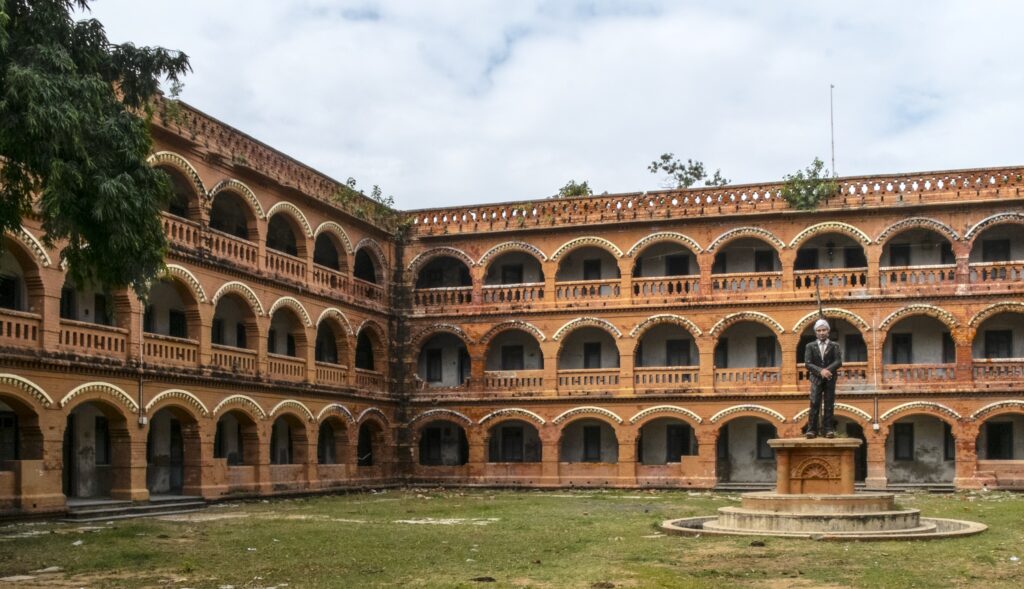
Today is the 100th anniversary of the death of the young man, on 26 April 1920, at Gometra, one of the residences off Harrington Road, Chetpet, that belonged to T. Namberumal Chetty, a renowned contractor, who had built many landmark buildings in then Madras, including the Victoria Students Hostel. The young man was Srinivasa Ramanujan, perhaps the greatest mathematician of the 20th century, and one of the greatest ever in terms of pure talent. He was 32 years, four months, and four days old.
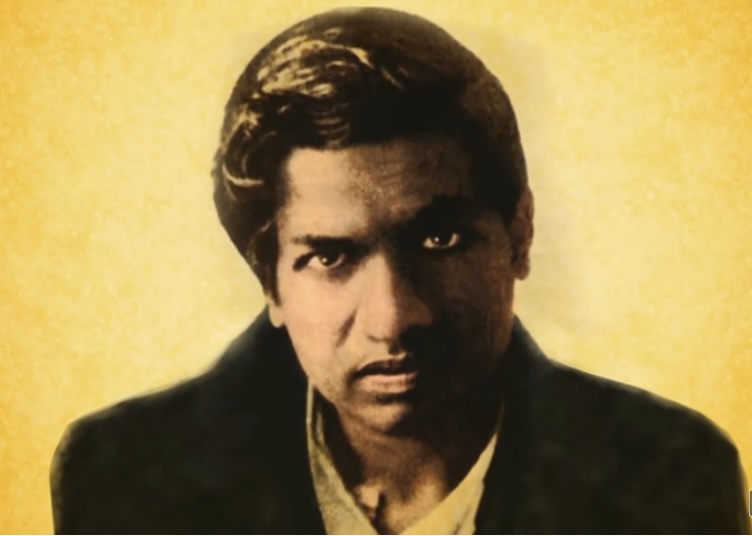
Early years
Ramanujan was born on 22 December 1887 in Erode, as the son of Srinivasa Ayyangar, a clerk in a cloth merchant shop in Kumbakonam, and Komalatammal. Ramanujan was very dear to his mother, as he was the first born, long after marriage, that too after offerings to the goddess Namagiri at the Narasimhaswamy Temple in Namakkal.
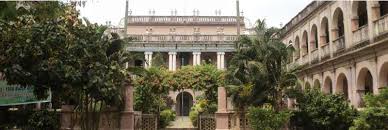
Ramanujan hardly spoke till the age of three. At five, he was admitted to a traditional elementary school, and two years later, to the Kumbakonam Town High School. He stood first in the Primary Examination held in 1897. He was a precocious student. When a teacher was explaining how a number divided by the same number would equal one, Ramanujan asked whether zero divided by zero would also equal one. Ramanujan’s proficiency in Mathematics was already well known. Students much senior would get him to solve their problems.
In the fourth form, he borrowed Loney’s Trigonometry from a neighbour, a B.A. student. He finished the book soon, and solved all its problems without any help. In the fifth form, he independently arrived at Euler’s theorems for the sine and cosine, and derived Euler’s expansions of the circular functions. He later hid them in the roof when he found that these had already been discovered.
A turning point came in 1903 when he was in the sixth form. A friend loaned him G.S. Carr’s “A Synopsis of Elementary Results in Pure and Applied Mathematics” from the Government College Library. It contained 6165 theorems in algebra, geometry, trigonometry, and calculus, with hardly any proof. That book spurred his curiosity and unleashed his innate genius, also influencing his future style of churning out theorems intuitively without any formal proof. Ramanujan solved all the theorems. As Prof. G.H. Hardy wrote much later, “The book is not by any sense a great one, but Ramanujan has made it famous, and there is no doubt that it influenced him profoundly and that his acquaintance with it marked the real starting-point of his career…”
Ramanujan had started with Geometry but finding its possibilities limited, turned to Algebra. He would say that it was the Goddess Namagiri who provided him with equations in his dreams. Soon after he woke up, he would enter his findings in a notebook. That is probably why he used to say, “An equation has no meaning for me unless it expresses a thought of God.”
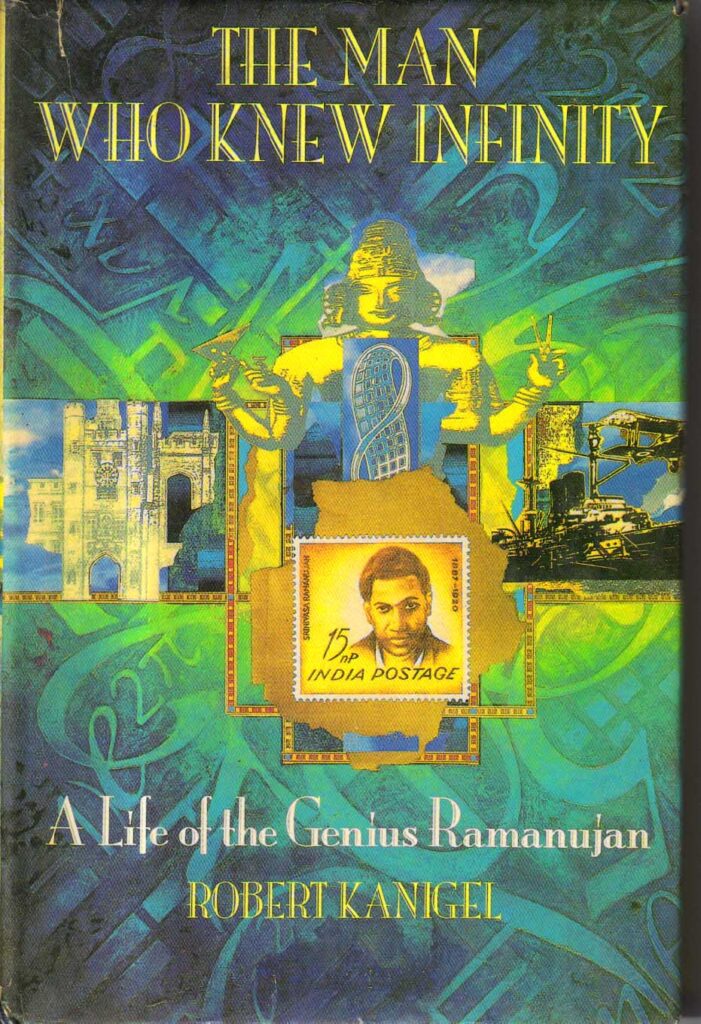
Ramanujan would work out his problems sitting on the pial (porch) of his house in Kumbakonam. As Kanigel described in his biography of Ramanujan (The Man Who Knew Infinity), “Ramanujan would sit working on the pial …, legs pulled into his body, a large slate spread across his lap, madly scribbling,… For all the noisy activity of the street, … he inhabited an island of serenity. Human activity passed close by, yet left him alone, and free, unperturbed by exams he had no wish to take, or subjects he had no wish to study. … When he thought hard, his face scrunched up, his eyes narrowed into a squint. When he figured something out, he sometimes seemed to talk to himself, smile, shake his head with pleasure.”
At this stage, his interest in mathematics did not obstruct his education, passing the Matriculation Examination in 1903 with a first class.
College days
In January 1904, Ramanujan joined the First in Arts class of Government College, Kumbakonam, with a scholarship. By then, his interest in Mathematics had become an obsession. All classes were spent solving some mathematics problem or the other. Consequently, he failed to be promoted, and lost his scholarship. Disappointed, he ran away to Vishakhapatnam. He returned after a month, and rejoined the College, but had to drop out as he did not have sufficient attendance.
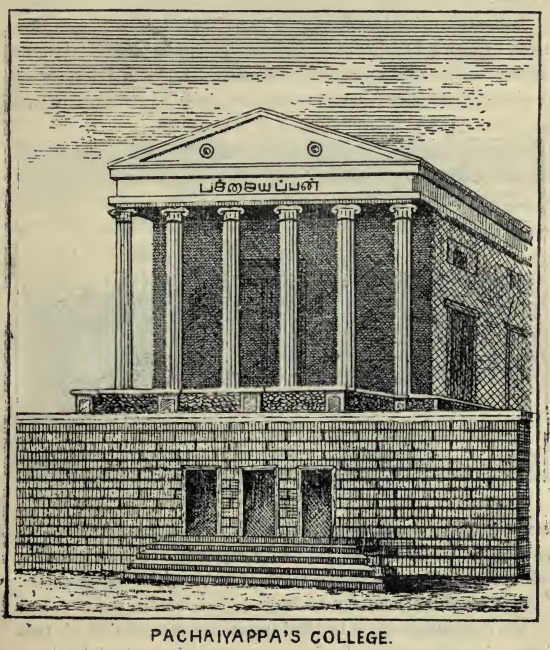
(From Barlow’s Story of Madras)
In 1906, he joined Pachaiyappa’s College, then in Popham’s Broadway, Madras. But, his passion for mathematics interfered with his studies. A classmate reminisced that, in a periodical examination in Physiology, for a question on the digestive system, Ramanujan wrote a few lines, concluding “Sir, this is my undigested product of the Digestion Chapter. Please excuse me.”
Though he had a half-scholarship, poverty did not leave him. It was compulsory to wear a coat and a headgear to cover the tuft. He had a check coat, and a Hassan cap. A classmate reminisced that he had no shirt under his coat. One day, the cap had flown off while catching the tram. On being asked by the teacher to step out and buy a cap, he replied that he had no money. He appeared for the F.A. examination twice, but failed. Thereafter, he occupied himself with mathematics and searching for a job.
Marriage and employment
In 1909, his parents arranged his marriage with Janaki Ammal, then eight years old. She would start living with him only a few years later. But, the marriage instilled in him a sense of responsibility to look around for jobs.
Slowly, things started falling in place one after the other. Ramanujan visited Tirukoilur to meet V. Ramaswami Aiyar, Deputy Collector, and founder of the Indian Mathematical Society. Aiyar gave an introduction to P.V. Seshu Aiyar, then Principal of the Government College, Kumbakonam. Seshu Aiyar knew Ramanujan when he was mathematics lecturer at the College. Through him, Ramanujan secured an acting post at the Office of the Accountant General, supplementing his income with private tuitions. Later Seshu Aiyar gave a letter of recommendation to Dewan Bahadur R. Ramachandra Rao, Collector at Nellore, and President of the Indian Mathematical Society. Rao had already met Ramanujan earlier through his nephew, and was familiar with his notebook. Rao described the meeting thus:
“A short uncouth figure, stout, unshaved, not overclean, with one conspicuous feature – shining eyes – walked in with a frayed notebook under his arm. He was miserably poor. He had run away from Kumbakonam to get leisure in Madras to pursue his studies. He never craved for any distinction. … [He] showed me some of his simpler results. These transcended existing books … he led me to elliptic integrals and hypergeometric series and at last his theory of divergent series not yet announced to the world converted me. I asked him what he wanted. He said he wanted a pittance to live on so that he might pursue his researches.”
Not wanting to spoil him with a job in a small place like Nellore, Rao sent him back. Back in Triplicane in Madras, Ramanujan lived for some time on the 25 rupees that Rao sent him every month till he refused to accept the amount. Not wanting to trouble anybody, he joined the Madras Port Trust as a clerk on 9 February 1912. He must have been helped by R. Narayana Iyer, Treasurer of the Indian Mathematical Society, also a Manager at the Port Trust. Ramanujan continued to give private tuition.
Continuing his mathematical pursuit, he contributed to the February and December 1911 issues of the Journal of the Indian Mathematical Society. The second was a paper on “Some Properties of Bernoulli’s Numbers”. He followed this up with more papers in 1912.
On Ramachandra Rao’s prodding, Mr C.L.T. Griffith, Professor of Mathematics at the College of Engineering, Madras, showed interest in Ramanujan. Griffith spoke to Sir Francis Spring, Chairman of the Madras Port Trust, who ensured that Ramanujan’s work did not interfere with his mathematical pursuits. Around this time, Sir Gilbert Walker, FRS and Fellow of Trinity College, then Director General of Observatories, visited the Harbour. Francis Spring took up the matter with Walker. After perusing Ramanujan’s papers, he suggested that they be sent to Prof. G.H. Hardy of Trinity College, Cambridge. Walker also wrote to the University of Madras, which got Ramanujan a research scholarship of Rs. 75 per month, and working space at the Presidency College.
Letters to Hardy
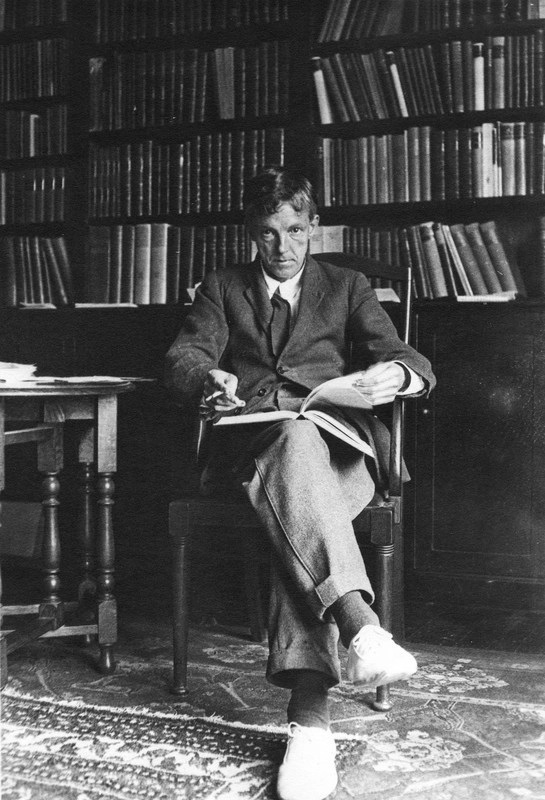
Before Ramanujan wrote to Hardy, he had written to two other Professors in England, without success. Ramanujan’s first letter to Hardy, dated 16 January 1913, enclosed 120 theorems. What happened the day Hardy received the letter, is described best by C.P. Snow in his foreword to Hardy’s “A Mathematician’s Apology”:
“About his discovery of Ramanujan, he showed no secrecy at all. It was, he wrote, the one romantic incident in his life: anyway, it is an admirable story, and one which showers credit on nearly everyone (with two exceptions) in it. One morning early in 1913, he found, among the letters on his breakfast table, a large untidy envelope decorated with Indian stamps. When he opened it, he found sheets of paper by no means fresh, on which, in a non-English holograph, were line after line of symbols. Hardy glanced at them without enthusiasm. He was by this time, at the age of thirty-six, a world famous mathematician: and world famous mathematicians, he had already discovered, are unusually exposed to cranks.
“So Hardy felt, more than anything, bored. He glanced at the letter, written in halting English, signed by an unknown Indian, asking him to give an opinion of these mathematical discoveries. The script appeared to consist of theorems, most of them wild or fantastic looking, one or two already well-known, laid out as though they were original. There were no proofs of any kind. Hardy was not only bored, but irritated. It seemed like a curious kind of fraud. He put the manuscript aside, and went on with his day’s routine.
“That particular day, though, while the timetable wasn’t altered, internally things were not going according to plan. At the back of his mind, getting in the way of his complete pleasure in his game, the Indian manuscript nagged away. Wild theorems. Theorems such as he had never seen before, nor imagined. A fraud of genius? A question was forming itself in his mind. As it was Hardy’s mind, the question was forming itself with epigrammatic clarity: is a fraud of genius more probable than an unknown mathematician of genius? Clearly the answer was no. Back in his rooms in Trinity, he had another look at the script. He sent word to Littlewood … that they must have a discussion after hall.
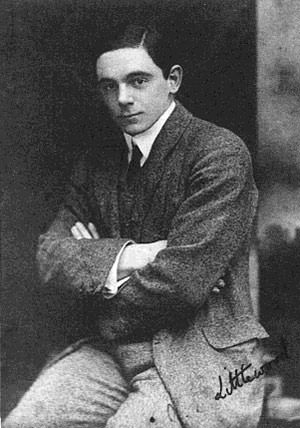
“… by nine o’clock or so they were in one of Hardy’s rooms, with the manuscript stretched out in front of them. That is an occasion at which one would have liked to be present. Hardy, with his combination of remorseless clarity and intellectual panache … Littlewood, imaginative, powerful, humorous. Apparently it did not take them long. Before midnight they knew, and knew for certain. The writer of these manuscripts was a man of genius. That was as much as they could judge, that night. It was only later that Hardy decided that Ramanujan was, in terms of natural mathematical genius, in the class of Gauss and Euler: but that he could not expect, because of the defects of his education, and because he had come on the scene too late in the line of mathematical history, to make a contribution on the same scale.
Hardy would later describe in his obituary on Ramanujan (Nature, 1920) his reaction to Ramanujan’s first letter: “…the writer was a mathematician of the highest quality, a man of altogether exceptional originality and power.” Hardy also wrote about his reaction to the last three of the theorems: “[These formulas] defeated me completely. I had never seen anything in the least like this before…they could only be written down by a mathematician of the highest class. They must be true because no one would have the imagination to invent them.”
As Snow wrote, “Hardy had no faith in intuitions or impressions, his own or anyone else’s. The only way to assess someone’s knowledge, in Hardy’s view, was to examine him.” Hardy got into action, writing to the Secretary for Indian Students in London asking whether Ramanujan could be brought to England for education at Cambridge. This was sent to the Secretary of the Students Advisory Committee in Madras, who in turn asked Ramanuajan, who declined due to caste prejudices, and opposition from his mother.
Hardy replied to Ramanujan on 8 February 1913, asking for proofs, to which Ramanujan wrote again on 27 February 1913, stating that “you will not be able to follow my methods of proof if I indicate the lines on which I proceed in a single letter. You may ask how you can accept results based upon wrong premises. What I tell you is this. Verify the results I give and if they agree with your results, got by treading on the groove in which the present day mathematicians move, you should at least grant that there may be some truth in my fundamental basis. So what I now want at this stage is for eminent professors like you to recognize that there is some worth in me.” He went on to add that “I am already a half starving man. To preserve my brain I want food and this is now my first consideration. Any sympathetic letter from you will be helpful to me here to get a scholarship either from the University or from Government.”
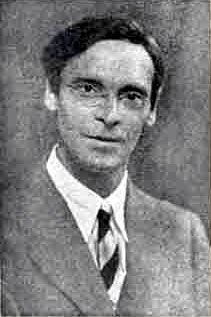
E.H. Neville, a young mathematician and Fellow of Trinity College, was visiting Madras for a series of lectures. Hardy requested Neville to meet Ramanujan and prevail upon him to come to Cambridge. Neville met Ramanujan many times, went through his notebook, and spoke to all who mattered about the importance of getting Ramanujan to come to Cambridge. In a memorandum to the University, he began: “The discovery of the genius of S. Ramanujan of Madras promises to be the most interesting event of our time in the mathematical world”, and ended: “I see no reason to doubt that his name will become one of the greatest in the history of mathematics, and the university and city of Madras will be proud to have assisted in his passage from obscurity to fame.”
Richard Littlehailes, then a Professor of Mathematics at Presidency College (later Vice Chancellor, University of Madras) drafted the proposals, and within a week the university got approval from the government for a scholarship of £250 for two years, later extended to five years, ample enough for Ramanujan in Cambridge and also to support his wife and mother in Kumbakonam.
Ramanujan cried when he had to cut his tuft. Equipped with European clothes, which Littlehailes helped him buy, driving him all round Madras on his bike, and with some quick training in table etiquette from a friend of Ramachandra Rao, Ramanujan was ready to sail for England. He left by SS Nevasa on 17 March 1914. The elite of Madras had turned out to see off their favourite son.
Ramanujan in Cambridge
At Cambridge, his scholarship was supplemented to the extent of £60. Freed from financial worries, Ramanujan could concentrate on his research. This was the beginning of a productive period, where he collaborated with both Hardy and Littlewood, publishing several papers in international journals.
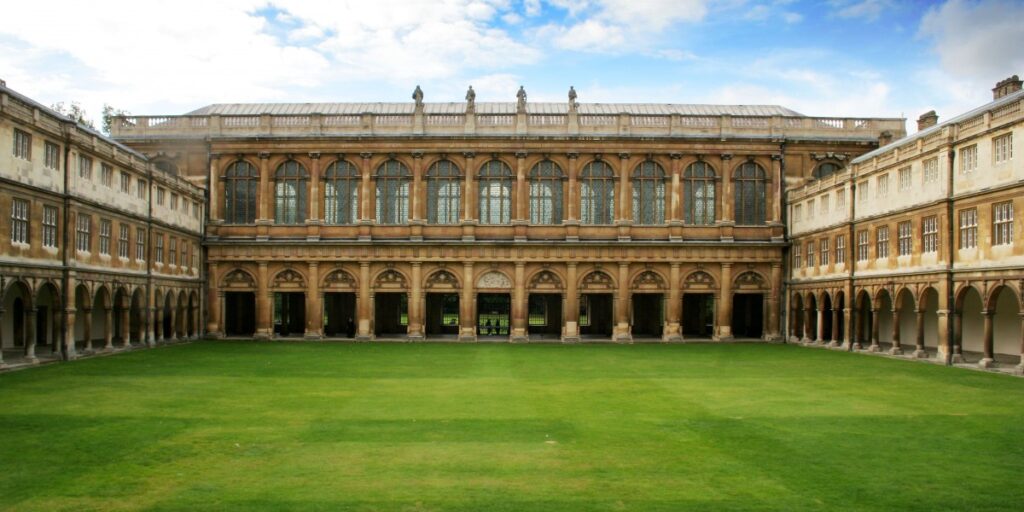
Hardy and Ramanujan were quite dissimilar. Hardy was a topper all through, while Ramanujan struggled with his studies. Ramanujan was an ardent believer in the goddess of Namagiri, while Hardy was an atheist. Hardy was a tennis enthusiast and a keen follower of cricket. Ramanujan had no such diversions. But, their collaboration in Mathematics was one of the most enduring.
As Prof. Ken Ono of Emory University summarised, over the next five years, Ramanujan would “publish on a wide variety of topics: the distribution of prime numbers, hypergeometric series, elliptic functions, modular forms, probabilistic number theory, the theory of partitions and q-series, among others. He would write over thirty papers, including seven with Hardy.”
Some Madras dailies could hardly conceal their excitement with Ramanujan finding his rightful place at the Trinity College. One reported as follows:
“Mr S Ramanujan of Madras, whose work in Higher Mathematics has excited the wonder of Cambridge, is now in residence at Trinity. He will read mainly with the two Fellows of the College – Mr Hardy and Mr Littlewood. They are going through masses of work he has already done, and are making some surprising discoveries in it!”
In 1915, Littlewood was drafted for military service. Ramanujan became a bit handicapped. As Hardy reported to the University of Madras, “one teacher is not enough for so fertile a pupil.”
Hardy had the additional problem of handling the genius of Ramanujan. First, Ramanujan had no clear conception of proof. As Littlewood explained, “If a significant piece of reasoning occurred somewhere and the total mixture of evidence and intuition gave him certainty, he looked no further.”
Secondly, there was the related complex problem of bringing Ramanujan’s knowledge and understanding of modern mathematical method to acceptable levels, without crushing the natural flow and confidence of his innate genius. The dilemma was described by Hardy:
“The limitations of his knowledge were as startling as its profundity. Here was a man who could work out modular equations, and theorems of complex multiplication, to orders unheard of, whose mastery of continued fractions was, on the formal side at any rate, beyond that of any mathematician in the world … It was impossible to ask such a man to submit to systematic instruction, to try to learn mathematics from the beginning once more. … On the other hand there were things of which it was impossible that he would remain in ignorance … so I had to try to teach him, and in a measure I succeeded, though I obviously learnt from him much more than he learnt from me… He was never a mathematician of the modern school and it was hardly desirable that he should become one… And his flow of original ideas showed no symptom of abatement.”
Something missing in Ramanujan’s profile was a university degree. He had failed in his FA at the Madras University. This gap was made good by Cambridge University in 1916, when it gave him a BA degree, through research.
There are many anecdotes relating to Ramanujan’s stint in Cambridge. The most famous relates to what is now known as the Ramanujan number, and is best described in Hardy’s own words:
“He could remember the idiosyncrasies of numbers in an almost uncanny way. It was Littlewood who said that every positive integer was one of Ramanujan’s personal friends. I remember going to see him once when he was lying ill in Putney. I had ridden in taxi-cab No. 1729, and remarked that the number seemed to me rather a dull one, and that I hoped that it was not an unfavourable omen. “No,” he replied, “it is a very interesting number; it is the smallest number expressible as a sum of two cubes in two different ways.” Indeed, 1729 was equal to 123+13. It was also equal to 103+93.”
Among Ramanujan’s contemporaries was P.C. Mahalanobis, the Indian statistician, and C.D. Deshmukh, former Finance Minister. They would occasionally visit Ramanujan, and relish his home cooked food. On one of his visits to Ramanujan’s room to have lunch, Mahalanobis had a copy of the Strand magazine, which had many puzzles. Ramanujam was stirring something in a pan. Mahalanobis found one puzzle interesting. It involved a relation between two numbers. He got the result by trial and error in a few minutes. He read out the puzzle to Ramanujan, who continuing his stirring said, take down the solution, and dictated a continued fraction. The first term of the continued fraction was what Mahalanobis had obtained. The rest was for the solution as the numbers increased indefinitely.
A strict vegetarian, non-availability of home food, even familiar vegetables and ingredients, became a distraction. In May 1917, Hardy wrote to the Madras University informing that Ramanujan had contracted an incurable disease. As sea travel during the War was unsafe, and as treatment in England was better than in war-time India, he was admitted to nursing homes, and sanatoria at Cambridge, Wells, Matlock, and London.
On 28 February 1918, Ramanujan was proposed and accepted for Fellowship of the Royal Society. This was the first occasion, in modern times, that a proposal was accepted at first attempt. Even for a mathematician, 30 years was quite young to be conferred the honour. In October, he became a Fellow of the Trinity College, the first Indian to be so elected. This involved getting £250 a year for six years with no conditions. Madras University would follow up later with a matching allowance for five years from April 1919 with all expenses for travel between India and Europe.
Ramanujan, contrary to image, was a jovial person. As Neville wrote, “He had a fund of stories, and such was his enjoyment in telling them that in his great days his own irrepressible laughter often swallowed the climax of his narrative.”
By the end of 1918, TB was confirmed. Ramanujan left England on 27 February 1919, arriving in Bombay exactly a month later on 27 March.
Last days
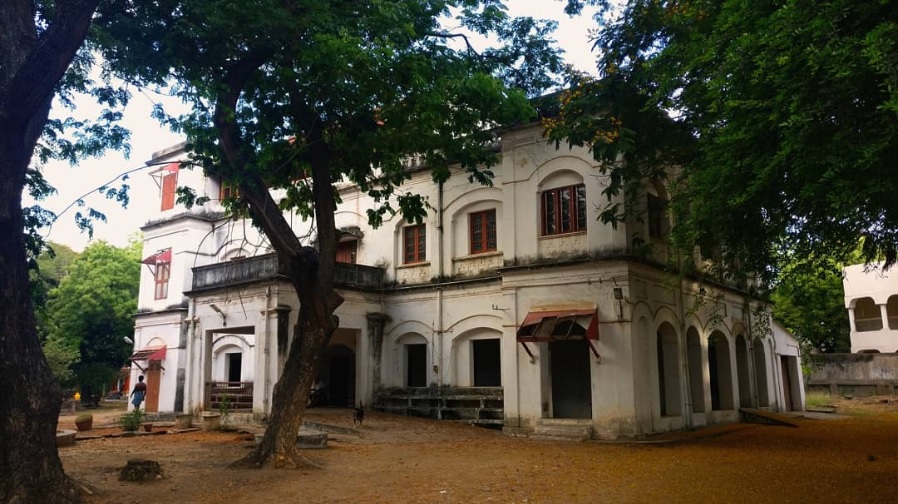
After his return, Ramanujan lived in different places, including Kodumudi and Kumbakonam, finally settling for Madras. Help came from different sources. Namberumal Chetty, the famous contractor, and friend of Francis Spring, offered one of his several houses off Harrington Road in Chetpet for his use. He stayed in Kudsia for some time before moving to Crynant, the family house. It was probably from here that Ramanujan wrote his last and only letter to Hardy after returning to Madras. Without much by way of introduction, he wrote:
“I discovered very interesting functions recently which I call “Mock” θ-functions. Unlike the “False” θ-functions (studied partially by Prof. Rogers in his interesting paper) they enter into mathematics as beautifully as the ordinary θ-functions. I am sending you with this letter some examples…”
Prof. Neville observed in 1942 that this last letter was reminiscent of Ramanujan’s first letter to Hardy, as it “contained a multitude of formulae with only the obscurest hints of the theory from which they were derived. He was developing his last theory until he died, and it is a measure of his genius that fifteen years elapsed before this theory was understood and made public.”
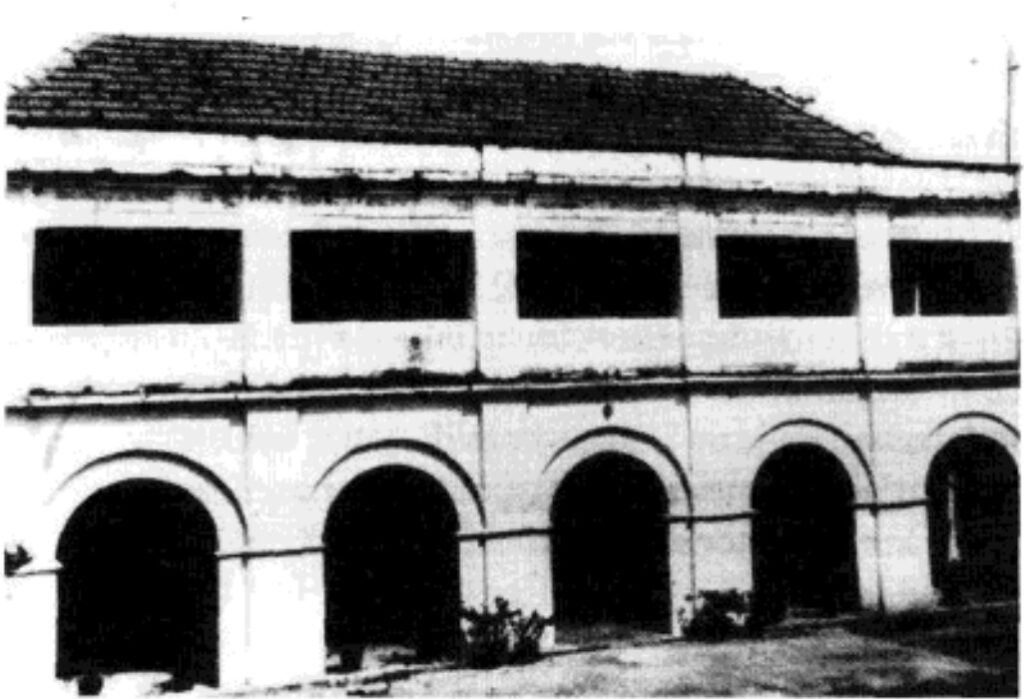
Around 23 April 1920, on Ramanujan’s complaint that the name of the house Crynant was inauspicious, he was moved to nearby Gometra. A few days later, on 26 April 1920, death came knocking at his door.
Legacy
Speaking nearly two decades later, Hardy referred to Ramanujan as “the most romantic figure in the recent history of mathematics”. He said on a different occasion, “I cannot imagine anybody saying with any confidence, even now, just how great a mathematician he was and still less how great a mathematician he might have been.” In his obituary on Ramanujan, written for Nature (1920), Hardy concludes: “His insight into formulae was quite amazing, and altogether beyond anything I have met with in any European mathematician. It is perhaps useless to speculate as to his history had he been introduced to modern ideas and methods at sixteen instead of at twenty-six. It is not extravagant to suppose that he might have become the greatest mathematician of his time. What he did actually is wonderful enough. Twenty years hence, when the researches which his work has suggested have been completed, it will probably seem a good deal more wonderful than it does to-day.”
Sir J.J. Thomson, who discovered electrons, wrote in his Recollections and Reflections (1936), “…there were in his note-books statements without proofs of a large number of theorems. These have been worked over by several eminent mathematicians, who have succeeded in proving the correctness of a good many of them, and thereby greatly strengthened the verdict of Professor Hardy that in his own field he was unrivalled in his day.”
Ramanujan’s work has contributed to many fields even outside of mathematics. More than 90 years after Ramanujan’s last letter on mock-theta functions, Prof Ono and two of his former students used them to develop new ways of looking at black holes. When Ramanujan wrote on these functions, no one had even conceptualised black holes.
Harry Henderson writes in “Modern Mathematicians”, “Ever since Ramanujan’s death, mathematicians have studied his notebooks. Scientists have found applications of his mathematics in fields as different as chemistry, cancer treatment, and computer programming. The supercomputers that calculated the number pi to more than a billion decimal places in the late 1980s used algorithms … based in part on Ramanujan’s paper on the approximation of pi.”
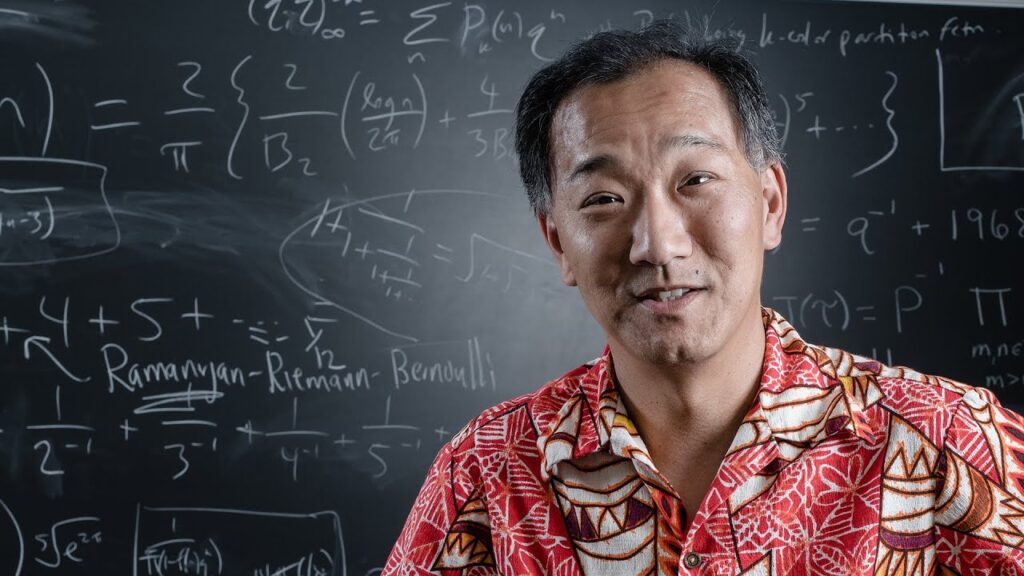
According to Prof. Ono, who had also co-produced the film The Man Who Knew Infinity (2016), Ramanujan’s influence goes far beyond the papers that he authored. Many of the most celebrated achievements in 20th century number theory such as Deligne’s proof of the Weil Conjectures, the effective solution of Gauss’ general Class Number Problem (by Goldfeld, Gross, and Zagier), Wiles’ proof of Fermat’s Last Theorem, and Borcherds’ work on the infinite product expansions of automorphic forms, have all made contact with Ramanujan’s work “in some beautiful way”. He adds that “Ramanujan was a great anticipator; his work provided examples of deeper structures and suggested important questions that now permeate the landscape of modern number theory.” Some of those whose work was influenced by Ramanujan, went on to win the Fields Medal, e.g., Deligne in 1978 and Borcherds in 1998.
As a final, though crude, measure of Ramanujan’s legacy, Ono suggests that we consider the massive list of mathematical entities that bear his name: Dougall-Ramanujan identity, Landau-Ramanujan constant, Ramanujan’s theta-function, Ramanujan’s class invariants gn and Gn, Ramanujan’s 1ψ1 identity, Ramanujan’s τ-function, Ramanujan’s continued fraction, Ramanujan graphs, Ramanujan’s mock theta functions, Ramanujan-Nagell equation, Ramanujan-Petersson Conjectures, Ramanujan sums, Ramanujan’s theta-operator, Rogers-Ramanujan identities, and many others (rephrased from Ono’s “Honouring a Gift from Kumbakonam”)
Ono concludes thus: “Ramanujan was an untrained mathematician, toiling largely in isolation, whose work was born entirely out of imagination. He was a pioneer and a self-taught anticipator of great mathematics, and this is indeed magical. After all, great mathematics is magic, something we can understand but whose inspiration we cannot comprehend. Ramanujan was a gift to the world of mathematics.”
Subsequent studies of his medical records showed that Ramanujan was actually suffering from amoebiasis which was curable, even during Ramanujan’s time, if it had been properly diagnosed.
Today, 26 April 2020, is his 100th death anniversary. For a man who lived and worked among the infinity of numbers, 100 is a small number.

![]()